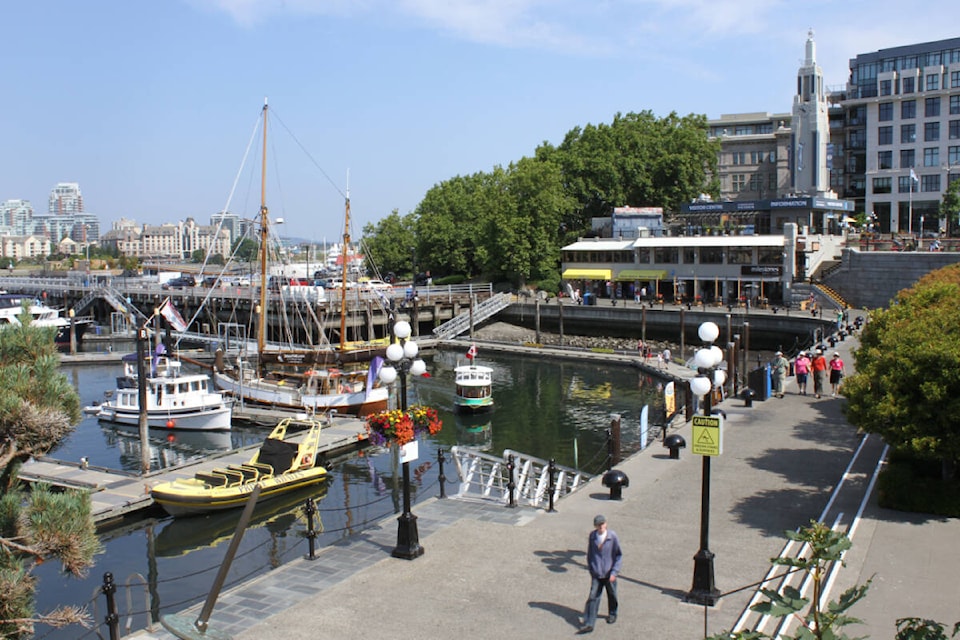The biggest reason why the Greater Victoria region – and beyond – has seen big population growth is due to international immigration in an area with one of the lowest fertility rates in Canada.
That’s according to BC Check-Up: Live, an annual report by the Chartered Professional Accountants of British Columbia (CPABC) on demographic and affordability trends across the province.
The report said the Capital Regional District (CRD) added 9,466 new residents in 2022, bringing the total population to 439,950.
“As migration flows returned to more normal conditions, the CRD’s population grew at the highest rate in more than 20 years,” said Simon Philp, vice-president at CIBC, in a news release. “The population growth was boosted by strong international immigration, but also benefited from people moving here from other regions in B.C. and other provinces.”
The region’s population grew by 8.2 per cent from 2017 to 2022, said the report. Of the total increase in 2022, a majority arrived from other countries (net gain of 5,899 residents), followed by other provinces (3,667), and other parts of the province (1,319). However, the CRD’s population growth has also been hampered by low birth rates, with mortalities exceeding births by 1,419 in 2022.
“The CRD has one of the lowest fertility rates across the country, with around a quarter of residents 65 or older,” said Philp. “As more residents retire, that will add pressure on businesses that are already facing significant shortages of labour. To continue to attract migrants and improve housing affordability, we need to ensure we have enough housing.”
Since 2017, the CRD added 39,388 residents while the number of housing units completed was 19,723, of which nearly three-quarters (72.8 per cent) were attached units, such as condos. Although the housing development activity has been strong in recent years, the 2,881 units completed in 2022 was down considerably from the 3,938 completed in 2021.
READ MORE: ‘Minimalist’ Victoria tenant sought to rent dilapidated boat in crisis market



